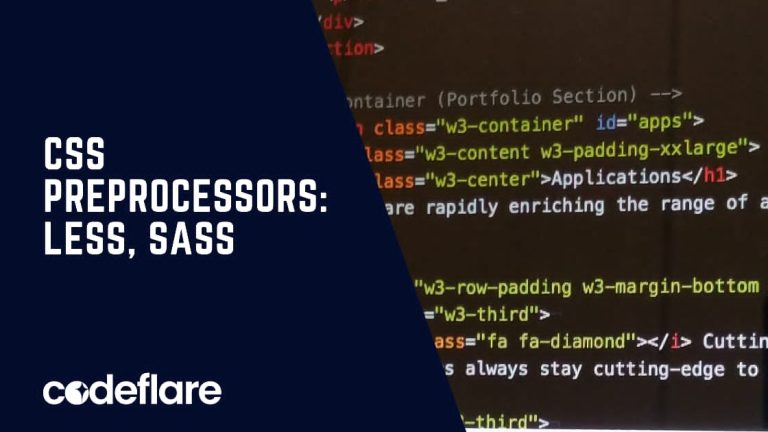
Introduction
Exploring CSS Houdini is an exciting technology that offers web developers unprecedented control over browser rendering, enabling them to create custom styling and visual effects beyond the limits of traditional CSS. Houdini allows developers to tap into the browser’s rendering engine, unlocking new possibilities to extend CSS in ways previously impossible. This article explores what CSS Houdini is, how it works, and why it’s shaping the future of web styling.
What is CSS Houdini?
CSS Houdini is a set of APIs that expose parts of the CSS rendering process to developers. Traditionally, CSS has been a black box — developers define styles, and the browser handles rendering. Houdini changes that by providing a way to manipulate CSS rendering directly through JavaScript, making styling more dynamic and customizable.
Some key APIs in Houdini include:
- Paint API: Create custom graphics or backgrounds that integrate directly into CSS.
- Typed Object Model (Typed OM): Work with CSS values more efficiently using JavaScript.
- Layout API: Customize how elements are laid out, beyond CSS’s built-in layout models.
- Animation Worklet: Build smooth, custom animations that work seamlessly with browser rendering.
- Properties and Values API: Define custom CSS properties with native-like behavior.
How Does CSS Houdini Work?
CSS Houdini operates through Worklets—lightweight JavaScript files that run in parallel with the main thread. These Worklets allow developers to define how specific CSS properties or visual elements should behave or render.
Here’s an example of using the Paint API to create a custom background:
// Register a custom Paint Worklet
class DotsPainter {
static get inputProperties() {
return ['--dot-color', '--dot-size'];
}
paint(ctx, size, properties) {
const color = properties.get('--dot-color').toString();
const dotSize = parseInt(properties.get('--dot-size'));
for (let x = 0; x < size.width; x += dotSize * 2) {
for (let y = 0; y < size.height; y += dotSize * 2) {
ctx.beginPath();
ctx.arc(x, y, dotSize, 0, Math.PI * 2);
ctx.fillStyle = color;
ctx.fill();
}
}
}
}
// Register the Paint Worklet
if ('paintWorklet' in CSS) {
CSS.paintWorklet.addModule('dotsPainter.js');
}
And here’s how you can apply the custom background in CSS:
.element {
--dot-color: #3498db;
--dot-size: 8px;
background-image: paint(dotsPainter);
}
In this example, the Paint API generates a dotted background that’s highly customizable through CSS variables.
Advantages of CSS Houdini
- Improved Performance: Houdini allows developers to offload rendering tasks to the browser, improving performance.
- Reusable Worklets: Developers can create reusable Worklets to apply the same styling logic across multiple projects.
- Greater Control: With direct access to the rendering pipeline, developers can create unique effects that were previously impossible.
- Enhanced Animations: Custom animations using Houdini’s Animation Worklet can run more smoothly and efficiently.
Challenges of CSS Houdini
While Houdini offers exciting possibilities, there are challenges to consider:
- Browser Support: Houdini is still in development, and not all browsers fully support all APIs yet.
- Complexity: Houdini introduces additional complexity with JavaScript-based styling, which may have a steeper learning curve.
- Performance Considerations: Poorly optimized Worklets can negatively impact performance if not implemented carefully.
Why CSS Houdini Matters for the Future of Web Styling
CSS Houdini unlocks a new era of customization for web developers. As more browsers adopt Houdini’s APIs, developers will have the freedom to create complex visual effects, layouts, and animations that integrate natively into CSS. This evolution aligns with the growing need for faster, more responsive web applications by enabling developers to optimize the rendering process directly. Houdini will also empower developers to create highly interactive experiences with minimal performance overhead.
Conclusion
CSS Houdini is a game-changing technology that brings developers closer to the browser’s rendering engine, offering unprecedented control over styling. Although browser support is still evolving, Houdini has the potential to become an essential part of web development in the coming years. As more developers experiment with its APIs, CSS Houdini will undoubtedly shape the future of custom styling, making web applications more dynamic, interactive, and visually stunning.






